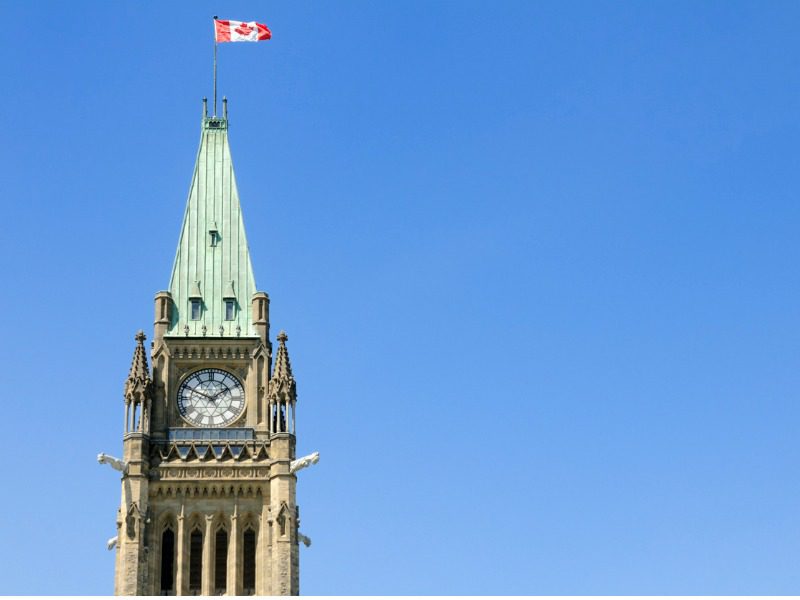How the federal budget impacts P&C insurers

As expected, 2022’s federal budget included a 1.5% bank and insurer surtax for taxable income over $100 million for taxation years that end after April 7. That means those companies will pay 16.5% on income above that threshold going forward.
Banks and insurers will also have to pay a one-time 15% tax on 2021 taxable income above $1 billion, known as the Canada Recovery Dividend (CRD). It would be imposed for the 2022 taxation year and be payable in equal amounts over five years.
The good news? The insurers in question are lifecos, not Canadian P&C companies.
“The announcement in the budget does not apply to P&C insurers,” the Insurance Bureau of Canada (IBC) confirmed in a statement. “The announcement only applies to banks and life insurance companies defined as financial institutions under the Income Tax Act. P&C insurers were excluded unless captured through their other operations.”
The budget estimates the two measures combined will raise $6.1 billion over five years, with $4.05 billion attributable to the one-time tax.
Paulo Pereira, senior accountant and manager with Sergio Ruivo & Associates in Toronto, said fiscal 2021 was an “abnormally profitable year” for the banks, especially as their loan-loss provisions fell dramatically from the year prior. He suggested a fairer methodology for the CRD could have averaged out 2020 and 2021 profits.
However, even using that average, Canada’s six largest banks and three largest life insurers are, as a group, more profitable than they were before the pandemic, Pereira said. Nonetheless, banks and lifecos will probably pass along the tax increases to consumers.
As for the P&C industry, IBC said Canada’s insurers made efforts to provide relief for clients throughout the pandemic.
“Since the beginning of the pandemic, P&C insurers have provided $3.7 billion in relief to their customers in the form of refunds, re-rating policies and deferring premiums, among many other methods of support,” IBC said. “The value of the P&C industry’s relief measures was unparalleled in the financial services sector.”
Possible changes for home insurance
The budget also introduced several measures aimed at cooling red-hot housing markets, including an anti-flipping measure that would apply to residential properties sold on or after Jan. 1, 2023.
The measures may have a knock-on effect on the P&C insurance industry, since lower residential home values will impact personal property insurers’ reconstruction costs.
According to the 2022 federal budget, Canadians who sell a home or rental residential property they’ve held for less than 12 months will be considered to have flipped that property.
“Property flipping — buying a house and selling it for much more than what was paid for it just a short time prior — can unfairly lead to higher housing prices,” the budget document said.
Profits from flipping properties are fully taxable as business income, and are not eligible for either the capital gains inclusion rate or the principal residence exemption.
Other budget actions aimed at calming home prices include restrictions to prohibit foreign commercial enterprises and people who aren’t Canadian citizens or permanent residents from acquiring non-recreational, residential property in Canada for two years.
And the budget calls on the Minister of Housing and Diversity and Inclusion to work with provinces and territories to implement a Home Buyers’ Bill of Rights and create a national plan to end blind bidding.
Housing advocates have long identified price transparency for buyers and sellers as an effective way to temper bidding wars. If successful, an end to blind bidding could ultimately create changes for property insurance, since a plateauing or lowering of prices will help insurers control reconstruction costs and other claims impacts for their insureds.
For more on this year’s Federal budget, please see coverage from our companion website Advisor.ca.
Feature photo courtesy of iStock.ca/KeithBinns







